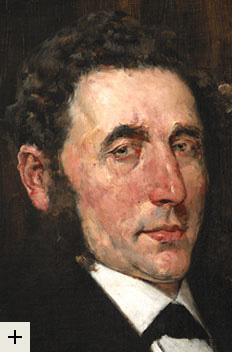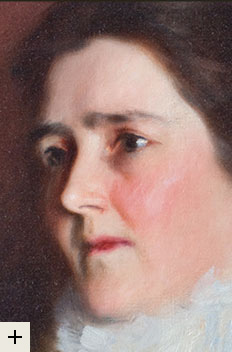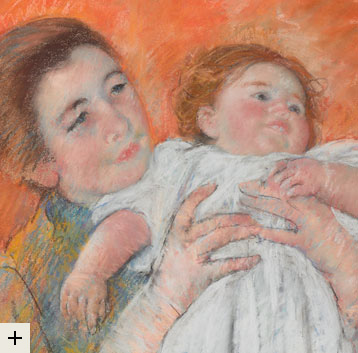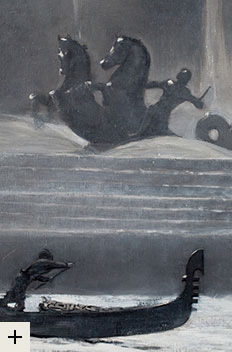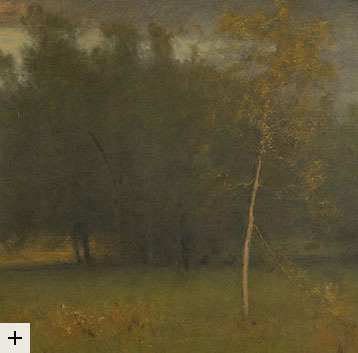Introduction
After the American Civil War, aspiring artists crossed the Atlantic to learn the "language" of painting. Some sought formal instruction in academies and studios, while others enjoyed their newfound access to museum masterpieces. This exhibition addresses the struggle faced by American artists to define their individual and national expression in the face of Eurocentric standards for technical accomplishment.
Some highlights from the exhibition:
Among figure painters, the outstanding exemplar of Americanness in the 1880s was Winslow Homer, an artist whose technical method eluded categorization. Homer was essentially a self-taught artist; his formal education consisted of an apprenticeship with a Boston lithographer and a few lessons in drawing and painting. Although he made two trips to Europe, one to France in 1867, and a second to England in 1881, he did not enroll in academic courses, but chose instead to learn through observation.
This unusual oil painting by Winslow Homer constitutes his visual response to the 1893 World's Columbian Exposition, the Chicago fair at which the United States laid claim to having culturally come of age. At the apex of the grand basin, sculptor Frederick MacMonnies' Columbian Fountain trumpeted the nation's progress in art, science, and industry. Homer depicts a corner of this monumental allegorical project, as illuminated by electric light, in a decidedly unclassical manner.
